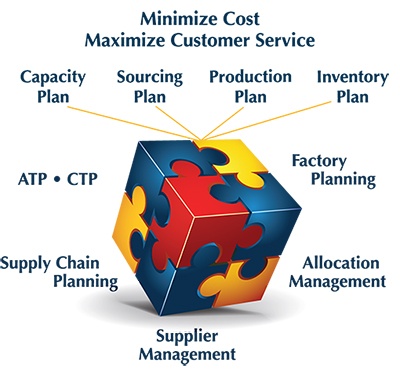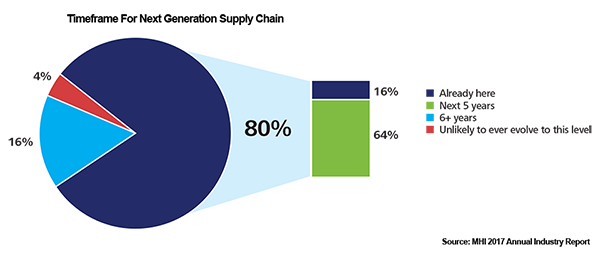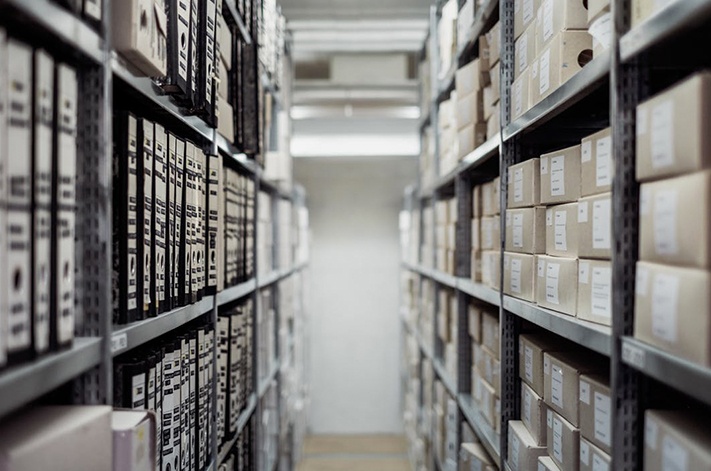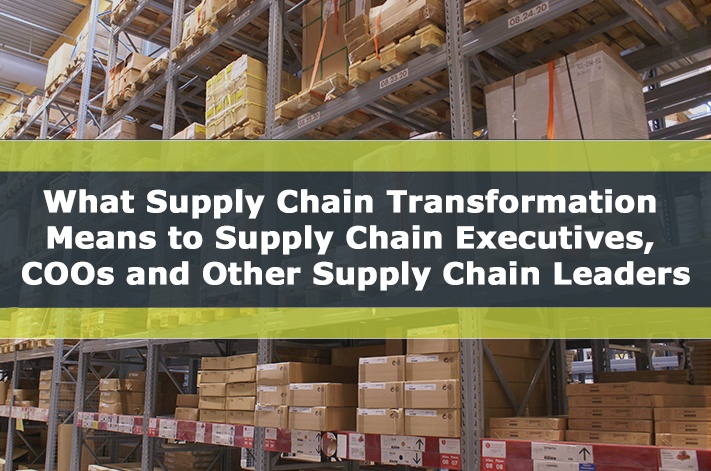We Can All Agree
Industry experts agree that costs across all sectors worldwide will continue to rise in 2018, and the most successful shippers will be those that are able to mitigate their impact on profitability. The right technology will play an increasingly vital role in driving efficiencies across the global logistics network.
Read More
Topics:
Supply Chain Management,
Logistics Business,
Shipping News,
Technology
Today's marketplace has generated a paradigm shift in customer demand and expectations. I would argue the millennial started all this "gotta have it now" pattern but it makes no difference from where the demand was generated. There is no going back. I just wonder if it can get any worse. As the saying goes, “adapt or die”, and that is what most companies are doing now. The findings from the “26th Annual Study of Logistics and Transportation Trends” suggest that more companies are realizing that competitors and new business models are shifting customer requirements. Firms like Amazon are departing from traditional business practices, using true supply chain management thinking to blur the boundary between days and think more in hours.
Read More
Topics:
Supply Chain Management,
Transportation News,
Logistics Business,
Industry Trends
Today's dynamic logistics environment demands an ever increasing supply chain efficiency sprouting new strategies, practices, and processes, all of which are designed to meet the requirements of the new digital economy. The "Amazon Effect" has been the major catalyst for the evolution of contemporary supply chain design. The Amazon effect is the ongoing evolution and disruption of the retail market, both online and in physical outlets, resulting from increased e-commerce. The name is an acknowledgement of Amazon's early and continuing domination in online sales, which has driven much of the disruption. We'll highlight just a few new technologies that are being implemented in varying degrees in the next gen supply chain design.
Read More
Topics:
Supply Chain Management,
Transportation News,
Logistics Business,
Shipping News,
Logistics News,
Technology
First, lets get a clear picture of what blockchain technology is. A blockchain facilitates secure online transactions. A blockchain is a decentralized and distributed digital ledger that records transactions across many computers in such a way that the registered transactions cannot be altered retroactively. So how can this technology benefit your food grade supply chain? Shipping today is riddled with documentation, regulations, and policies that require certificates of origin, letters of credit, bills of lading, vessel manifests, and customs declarations. When dealing with food grade materials, the paperwork can become overwhelming. Blockchain converts documents, such as traditional vessel manifests or bills of lading into a digital ledger that all parties can see and share. This distributed database maintains a continuously growing list of data records hardened against tampering and unapproved alterations.
Read More
Topics:
Supply Chain Management,
Industry Trends,
Technology
When was the last time you checked out the efficiency of your supply chain? According to a report published by the American Trucking Association, freight volumes in the transportation market are expected to continuously grow over the next decade. Consequently, equipment availability is sure to decline.
Read More
Topics:
Supply Chain Management,
Logistics Business,
Logistics News
A blockchain facilitates secure online transactions and is a decentralized and distributed digital ledger that records transactions across many computers in such a way that the registered transactions cannot be altered retroactively. So how can this technology benefit your supply chain?
Read More
Topics:
Supply Chain Management,
Technology
The final leg of any shipment tends to be the most expensive. The impact associated with the delivery process affects margins, customer relationships, repeat business, and cash flow for any carrier.As everyone understands costs flow downhill; detention, driver unloading and re-delivery charges are just some of the perils associated with the final mile delivery. Even during a flawless delivery, the paper-laden delivery confirmation process often involves capturing key data and customer signatures, and then handing the paperwork to an admin for processing once the drivers are back at the office.
Read More
Topics:
Supply Chain Management
Traditional Warehouse Management Systems were a basic transactional processing engine supported by software to manage inventory and delivery functions. Today, the seeming insatiable consumer demands and online realtors like Amazon have created the need for the next generation WMS. Vendors are stepping up to the plate and developing functionalities and solutions that meet the complex needs of today’s companies.
Read More
Topics:
Supply Chain Management

Most manufacturers pay all sorts of attention to packaging design from a visual attraction standard, yet little time is spent on the consideration of packaging optimization. There has been a major paradigm shift from brick and mortar shelving exposure to the Amazon environments. An equally significant shift in packaging needs to be addressed. The packaging appeal has lost its' touch since most of our purchases these days are not off the shelf, but off the UPS truck. The fancy packaging of your most recent purchase arrives in a plain brown box. In the haste, to open the box, I suspect little attention is paid to the shiny, multi-color packaging of the item. Personally, I tend to destroy the box to get to the quick start guide. The cost of that shiny multi-colored packaging can be staggering, often times, exceeding the value of the item itself. So, is this expensive marketing ploy really necessary these days? Probably not. What is important is optimizing the packaging size in order to minimize shipping costs. This is particularly relevant in the recent dimensional weight environment that most shippers have adopted.
Read More
Topics:
Supply Chain Management
In response to the dramatic changes in the business landscape over the past few years, many companies are launching business transformation programs to drive sweeping changes in their supply chain processes. Some examples of these changes are exploring new sourcing networks, establishing collaborative forecasting processes, optimizing networks and inventories, focusing on private-label products, and applying customer and supply chain segmentation to reduce complexity and improve margins.
Read More
Topics:
Supply Chain Management












 Land-Link, a well respected professional organization, has been providing its clients with effective transportation and logistics solutions since 1978.
Land-Link, a well respected professional organization, has been providing its clients with effective transportation and logistics solutions since 1978.

